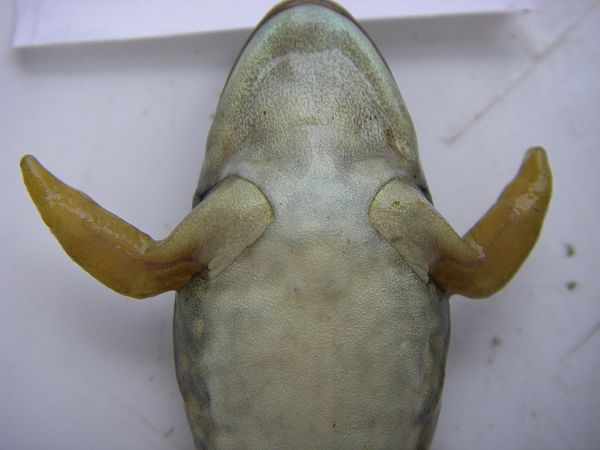Amphibians with missing or misshapen limbs have triggered public and scientific attention and concern for over two decades. To help provide a better understanding of the extent of the problem, the USFWS conducted a nationwide-study of frog abnormalities over a ten-year period. From 2000 through 2009 they assessed 62,947 amphibians from 462 sites at 132 National Wildlife Refuges.
Results from the landmark study were recently released and reveal some good news. Average abnormality rates such as missing or shortened limbs were around 2% at all sites with roughly one-third of collections having no abnormal individuals. The study included three sites at the Missisquoi National Wildlife Refuge, the only National Wildlife Refuge in the Champlain Valley. Abnormality rates were not notably higher than the national average at these sites.
Hot spots for abnormalities were discovered in California’s Central Valley, Alaska, and in the lower Missisippi River area. Many different potential causes have been suggested for the abnormalities, including pollution from industry or agriculture, parasites, ultraviolet exposure and naturally occurring heavy metals leaching into water bodies. Causes may vary from place to place. Click here to read the study.
Across the United States amphibian declines have been widespread and more severe than previously realized. Significant declines are occurring even in protected national parks and wildlife refuges. Severe abnormalities can affect the survival of individual frogs, but researchers have only just recently begun to link amphibian abnormalities with population declines. This study was not designed to investigate the reasons behind amphibian abnormalities, but the results suggest localized causes. Other research has reached a similar conclusion and has identified contamination, predators, parasites or the interaction of these as potential factors in declines.
